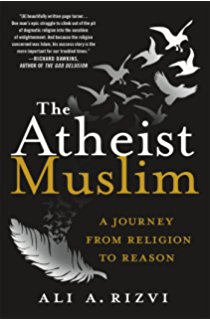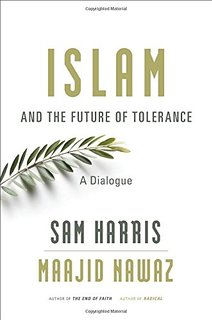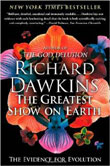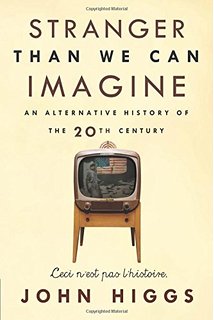Community Memorials a Link to the Great War
Brandon Sun,
October 17, 2009 - David McConkey
Not just for noticing on Remembrance Day, these memorials on any day invite reflection on citizenship, war, and peace.
Erected after the First World War, these memorials were a response to the shock and loss of that conflict, the Great War.
Burying the war dead at the battlefields in Europe left Canadian communities here with no graves. War memorials, or cenotaphs, recognize that the burials are elsewhere. “Cenotaph” comes from the Greek words meaning “empty tomb.”
Memorials in our communities honour our war dead and our values. They do not glorify war.
The First World War was truly heartbreaking: millions dead, including more than 66,000 Canadians. Virtually impossible for us to comprehend. But our local war memorials can bring home some understanding.
Pause on the main street of Alexander, for example, and observe its memorial. Contemplate the community’s war dead. Eighteen. From just one Manitoba village.
Stop in the centre of Carberry and reflect at the memorial to its war dead. Fifty-four. From one town.
Memorials have various styles, shapes, and wording. They may incorporate concrete, stone, granite, metal plaques, even marble statues.
The memorial in Rivers is one of those topped by a statue of a soldier. As in other communities, the soldier is leaning on his rifle, reflecting sombrely. At his feet are the names of battlefields: Vimy, Mons, Somme, Ypres.
Many memorials – like the ones in Hamiota and Minnedosa – are inscribed with the words: "Their name liveth for evermore."
That biblical phrase was suggested by Rudyard Kipling for First World War cemeteries. Kipling was a member of the Imperial (now Commonwealth) War Graves Commission.
In Brandon, a “Cross of Sacrifice” was erected in the Brandon Cemetery in 1924 by the Great War Veterans’ Association. The $5,000 cost was covered by a public fundraising campaign.
The Cross of Sacrifice, also called a “War Cross,” was designed for battlefield cemeteries in Europe. It was also placed in two dozen locations in Canada. The bronze sword on the cross represents war and the religion of the majority of the dead.
Brandon’s cross, unusual in that it was purchased by community donations, is maintained by the Commonwealth War Graves Commission.
The Cross of Sacrifice concept can also be seen in the design of other memorials, such as those in Rapid City and Oak Lake.
While the main purpose of memorials was to remember those who fell in the Great War, communities also expressed their understanding of the meaning of the conflict.
Griswold`s memorial pays tribute to those who "Sacrificed their lives on the altar of freedom and liberty in the Great European War."
Brandon’s remembers those “Who died for King and Country."
Other memorials have a message for the future. Often it is “Lest we forget.”
Or Virden’s longer instruction: “Let us highly resolve that the dead shall not have died in vain.”
“For peace ever lasting” is on Basswood’s memorial, which features a sword with a dove flying out of the stone.
The Great War was supposed to be the “war to end all wars,” but it didn’t work out that way. Since the First World War, new memorials have been created as citizens and communities continue to deal with war.
The town of Osoyoos, B.C., for instance, has a new veterans park on the lakefront. In a beautiful natural setting, the park has landscaping, flower beds, benches, and a walkway. An arched sign at the entrance pays tribute to veterans of the two world wars, the Korean War, peacekeeping, and the Afghanistan War.
Wait. The ”Afghanistan War”? You won’t hear “war” in official pronouncements. It is a “mission” or “engagement.”
But Afghanistan is experienced as a war by the troops who serve there, and by the communities that send them.
Canadian public opinion is not very favourable to the mission in Afghanistan. The government has announced its intention to abandon the effort in 2011, regardless of the outcome.
But if the Afghanistan mission had been more honestly portrayed as a war from the start, then perhaps it would have received more public support. Especially if our government had explained to us citizens how it was a just war.
* * *
My next column will look at ideas for making our community war
memorials more visible and meaningful for today.* * * *
See also: Follow-up Column: Saving Our War Memorials
Pictures of War Memorials
War and Remembrance
Canadians Must Maintain a Higher Standard in War
Driving Tour of Brandon Finds Historic Places
Manitoba History – A Citizen Appreciation
QUICK CONTACT:
David McConkey,
Brandon, Manitoba
204-726-9440
Send me an email
My Sites / Interests
- Citizen Active
- Columns
- The Great War
- Live Well, Do Good
- Manitoba History
- Obituary Guide
- Reviews
- The War on Drugs
Some Reviewed Books:
The War on Drugs:
A Failed Experiment

The Atheist Muslim:
A Journey from Religion to Reason

Stranger Than We Can Imagine:
An Alternative History of the 20th Century
Heretic:
Why Islam Needs a Reformation Now
Islam and the Future of Tolerance:
A Dialogue

Extraordinary Canadians:
Nellie McClung

The Greatest Show on Earth:
The Evidence for Evolution



